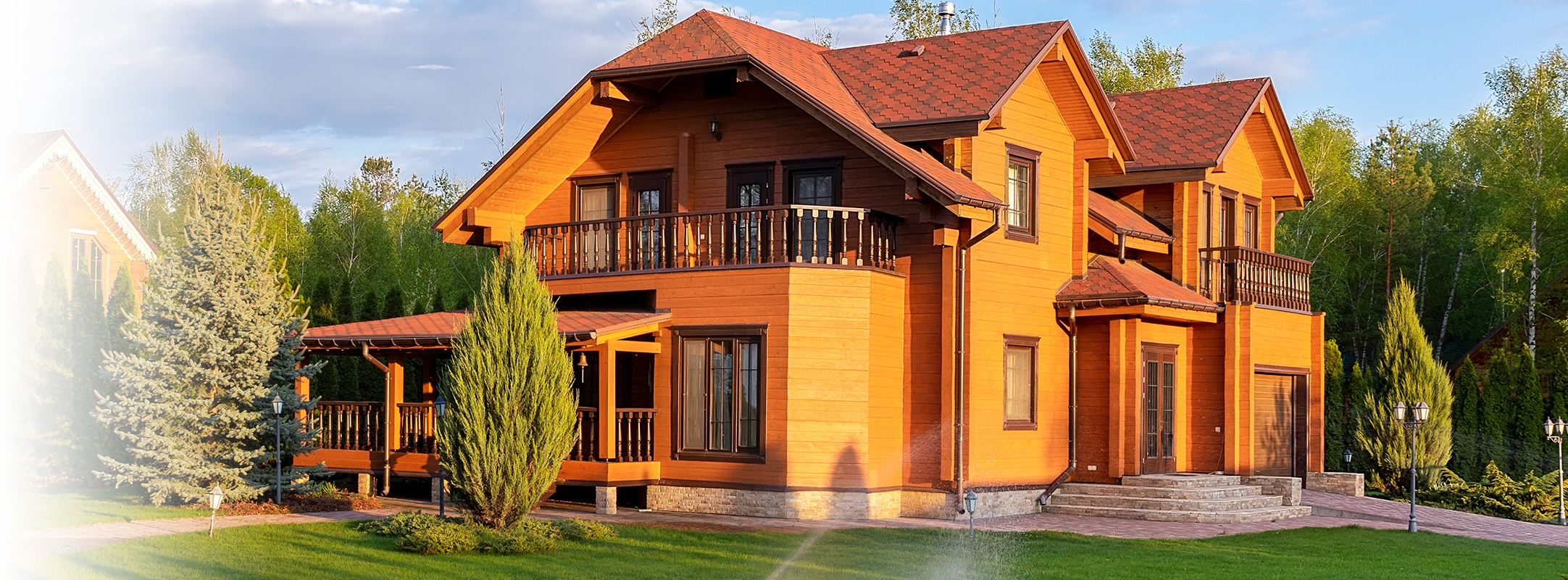Seasonal Affective Disorder

Some say February is the hardest month, especially if the weather isn’t cooperating. This time of year you may feel less energetic, may experience changes in mood, or not enjoy normal activities.
These are all symptoms of Seasonal Affective Disorder (SAD), which is said to affect at least 1 in 5 people. Most children are unaffected, and more women are affected than men – but the condition is quite real. Greater darkness is thought to increase production of melatonin in the body, which is theorized to work somewhat like a tranquilizer, slowing down one’s thinking, energy, and activity level.
According to Current Results Publishing, the Detroit area sees an average of 180 Total Days with Sun per year. This is based on total days in a year when the sky is mostly clear, 75. This includes the days when cloud covers up to 30% of the sky during daylight hours. Partly Sunny Days have cloud covering from 40% to 70% of the sky during the daytime, 105. Total Days with Sun is a sum of the Sunny plus Partly Sunny days. The rest of the days are mainly overcast, with at least 80% cloud cover. All the numbers are annual averages, made from years of weather watching. In comparison, Anchorage, Alaska has an average of 126 days of sunshine. So while we aren’t as dark as Anchorage, approximately a little more than half the year is dark.
How do you know if it’s a good day for a blanket and a book, or it’s time to call your doctor? According to the Mayo Clinic, these are important signals: if you notice you’re unusually grumpy or tired, have difficulty getting along with people, sleep too much for your activity level, feel heavy, gain weight, or eat too many carbs, it may be time to visit your doctor. The key is how long a person has been feeling down. A day or two that is more blue than usual can be attributed to poor sleep, a recent illness, or chronic pain. More than two weeks of feeling out of sorts, however, could indicate that something more serious may be going on. Good self-care involves having a check-up.
As they say, an ounce of prevention is worth a pound of cure. Even though daylight is returning, there is still a lot of dark and cold around and you may be feeling it.
Are you ready to fight the winter blues on your own? The following are useful tips for managing moods and well-being while waiting for warmer days:
- Get outside every day, during daylight hours, for 5-20 minutes of brisk walking. Outdoor exercise boosts mood and reduces stress. It may not need to be said, but plan for cold and dark with a warm hat, gloves, coat, and flashlight.
- Reduce or eliminate consumption of alcohol and caffeine. Both cause fluctuations that make steady moods more difficult.
- Eat, sleep, and exercise regularly. Having a routine ensures that these important activities happen even when you do not particularly feel like exercising.
- Plan a vacation to somewhere warm. Even if it’s two years away, start planning. Having a trip to look forward to can be a tremendous mood booster.
- Utilize light therapy, an inexpensive and surprisingly effective tool. SAD lights can be found at most major retailers. Follow the manufacturer’s or your doctor’s instructions for use.
- Socialize: Join a gym, book club, or other social group.


